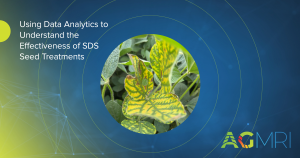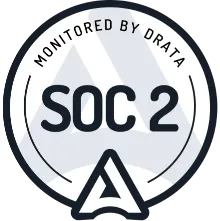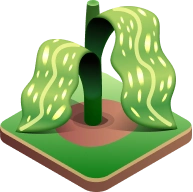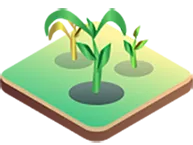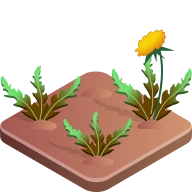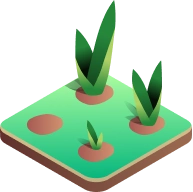With 2022 in the rearview mirror and 2023 planning in full gear, you may be asking “why” a field performed a certain way last year. Did you know that AGMRI can help you recall challenging fields, those that didn’t quite measure up to expectations or those that exceeded expectations?
Follow these four steps to use AGMRI to review your fields:
1. Log in to AGMRI and review the fields and find the ones you’d like to dig deeper into.
In the example below, the farmer had areas of his field that yielded lower than expected, as indicated in the areas of darker red.

2. Once a field of interest has been identified, scan the seasonal timeline to see if any images stand out.
Both the NDVI and Aerial are good layers to begin assessing any areas of the field that correlate with either lower or higher than expected crop production. In this field below, the farmer experienced consistent Low Crop Health alerts in several areas and on multiple layers.


3. You might have ideas of what could have happened within the fields of interest. To explore further, here is a quick guide to learn more and do comparisons using the different features on AGMRI.
-
Soil Type & Topography map layers can be helpful in understanding potential interactions impacting performance (photo below).
-
Seed Product Performance can be reviewed to understand how those genetics perform in a variety of field conditions.
-
Nutrient Deficiencies appear as a yellow crop on Aerial or red areas on NDVI.
-
Crop Stress/Disease also can be a factor in performance and assessed via the thermal layer.
-
Emergence Maps can be viewed earlier in the season to see if any areas of the field were slower to emerge or had lower populations.

4. Share your insights and questions with your network of agronomy and seed advisors.
In this example, the farmer ruled out soil type and topography differences but could see a possible nutrient deficiency from the aerial photo. Talking with his fertilizer advisor led to reviewing application maps and discovering areas where P & K application had been missed three years prior.
If you have any questions about using AGMRI to help assess yield trends in your field, reach out to your Account Manager.



